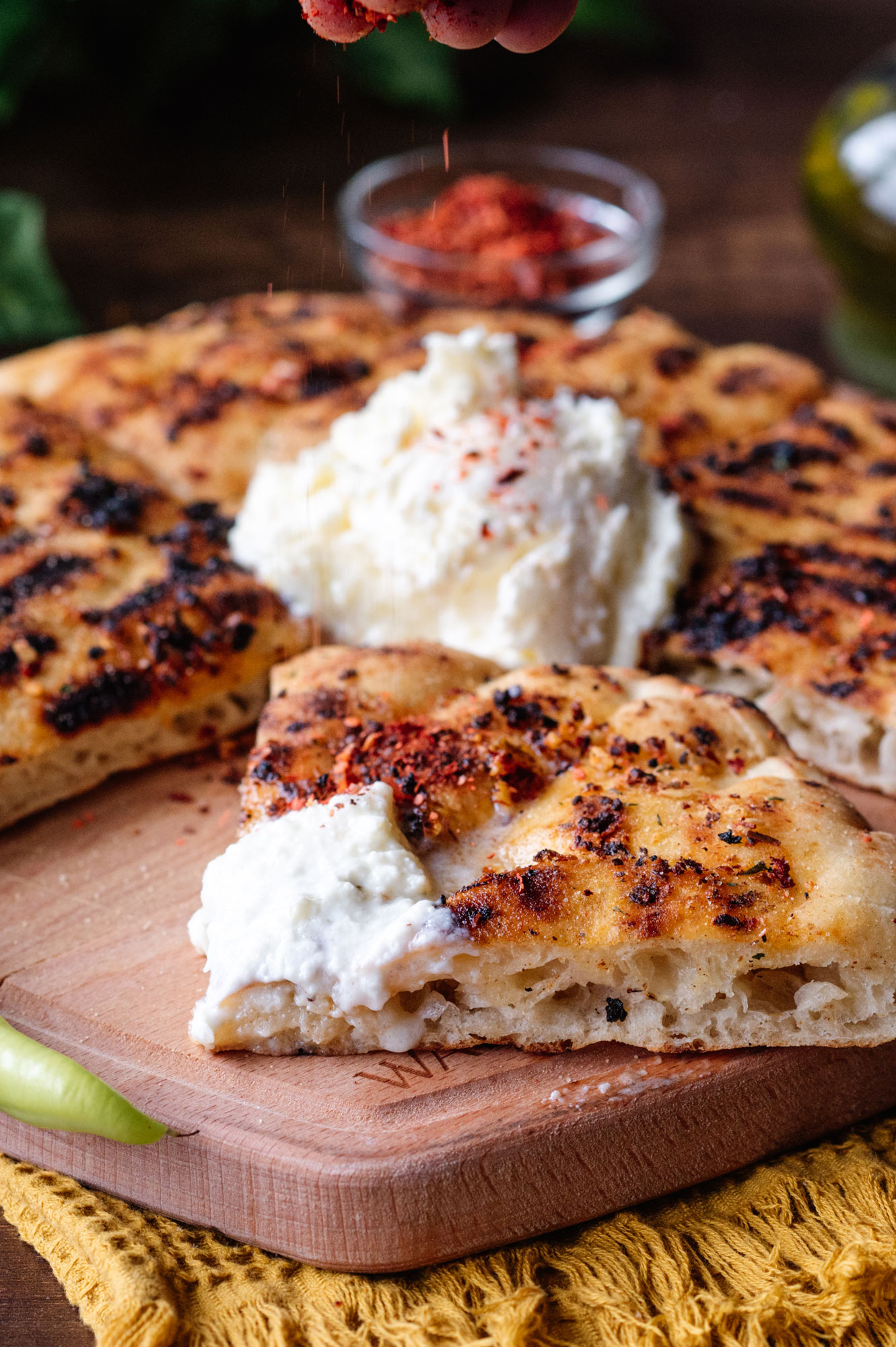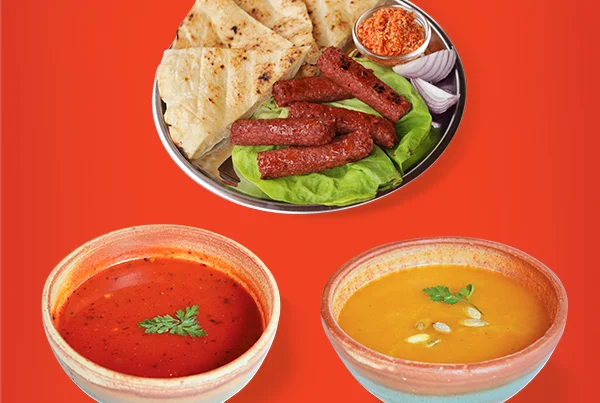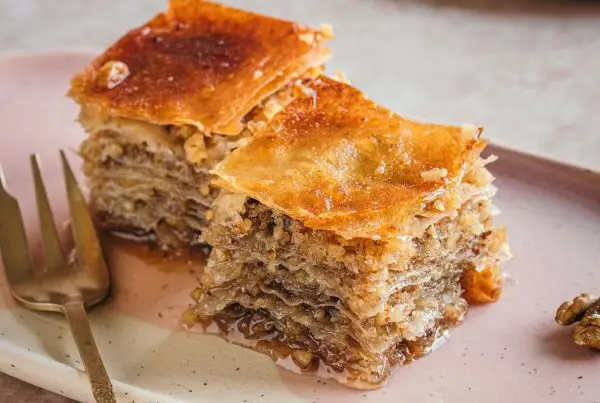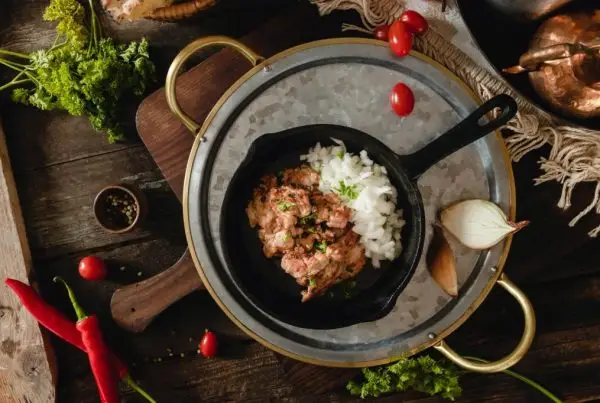Everyone is familiar with kaymak, a luscious, creamy dairy delicacy that falls somewhere in between cheese and butter. When it comes to Balkan cuisine, kaymak is a genre and a tale in and of itself, and we are quite proud of it.
Every event is appropriate for kaymak, including a non-fasting slava (a typical feast celebrated among Orthodox Christians in Serbia, marking the family Saint Protector Day), Sunday lunch, Christmas supper, breakfast, lunch, and dinner. And grilled pork and ćevapi go so well together!
However, how is it made and where does it come from?
WHERE DOES KAYMAK COME FROM?
As you could have guessed, this treat is most likely Turkish in origin. Or at the very least, the Turks brought it here. By the way, here’s something you might not be aware of: in Turkey, it’s typically consumed as a dessert! Moreover, with honey or other Turkish delights.
It’s most likely that the Turkish term for melting that gave rise to the word kaymak. Mahmud al-Kashgari, a scholar, is credited with being the first to write about this treat.
It is now present in all of the Balkan nations, including Serbia, Bosnia & Herzegovina, Macedonia, and Montenegro. Although it is also popular in the Middle East, and Central Asia and its varieties are present even in India and Mongolia.
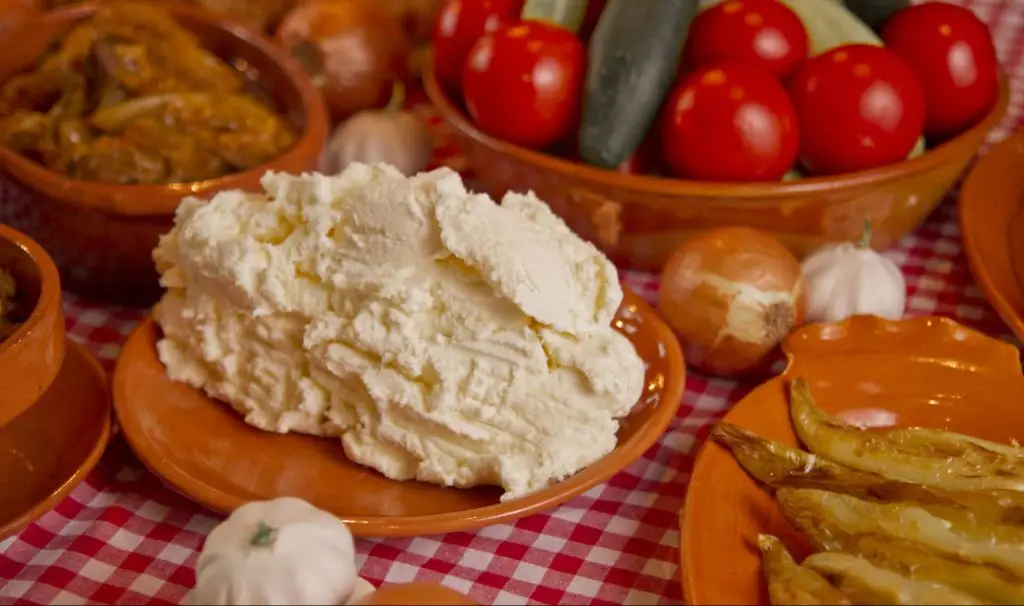
Source: SerbiaIncoming.com
The name kaymak is quite recent. Older generations still refer to this dairy delicacy by its historical name, skorup.
WAYS TO MAKE IT
Although in some regions of the world, it is occasionally prepared from water buffalo milk, it is more commonly produced from cow’s milk.
Young and mature kaymaks have different tastes, with young kaymak having a gentler sour flavour and aged ones having a stronger flavour.
There are five steps in the crafting process, and each one demands effort and dedication.
The steps to making kaymak are the following:
– boiling of milk (with constant stirring so that it does not burn);
– pouring milk (in shallow and wide containers to make more milk skin);
– creaming;
– removing the milk skin;
– maturing.
Young kaymak should be consumed within the following week or two and can be eaten right away. The more mature kind has a lengthy shelf life, even up to several months, and takes longer to mature.
WHERE TO TRY SPECIALTIES SERVED ON KAYMAK
Where can I get specialties that match nicely with one another and are served with kaymak, you must be asking yourself right about now.
At Walter’s, of course!

We have various specialties where kaymak is an essential ingredient, in addition to the fact that you can have it added as a side dish with your great share of ćevapčići (but also with any meal from our menu).
A luscious treat, kaymak adds a whole new level of flavour to pljeskavica (minced meat patty). There are also chicken and veal tagliatas with kaymak available in addition to these tried-and-true classics. Furthermore, we now have our new spicy uštipci served on kaymak for the true gourmets!
This side dish complements this entrée and offers a different flavour profile from the uštipak’s spiciness.
Visit us to select the ideal lunch or dinner!
Your Walter
